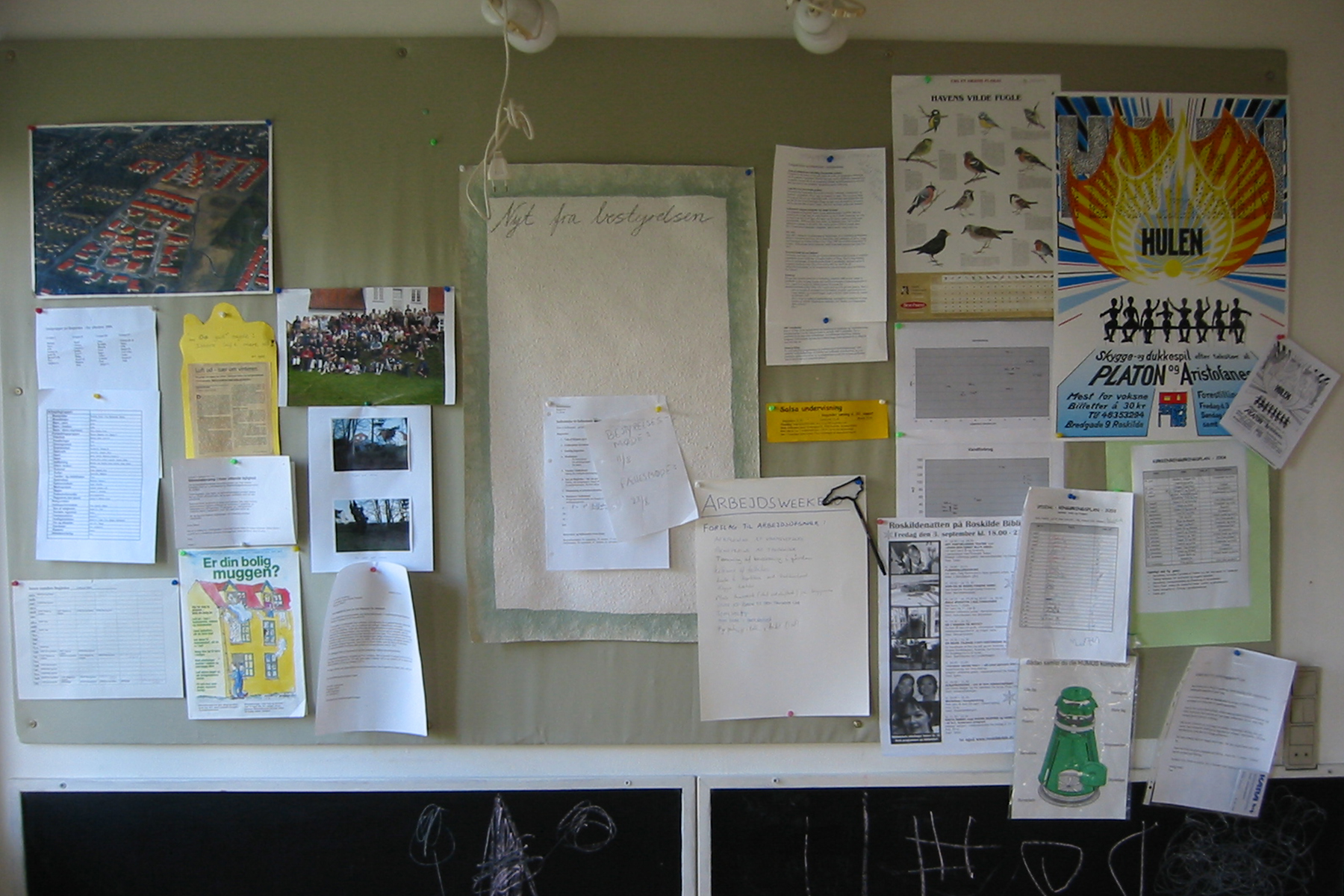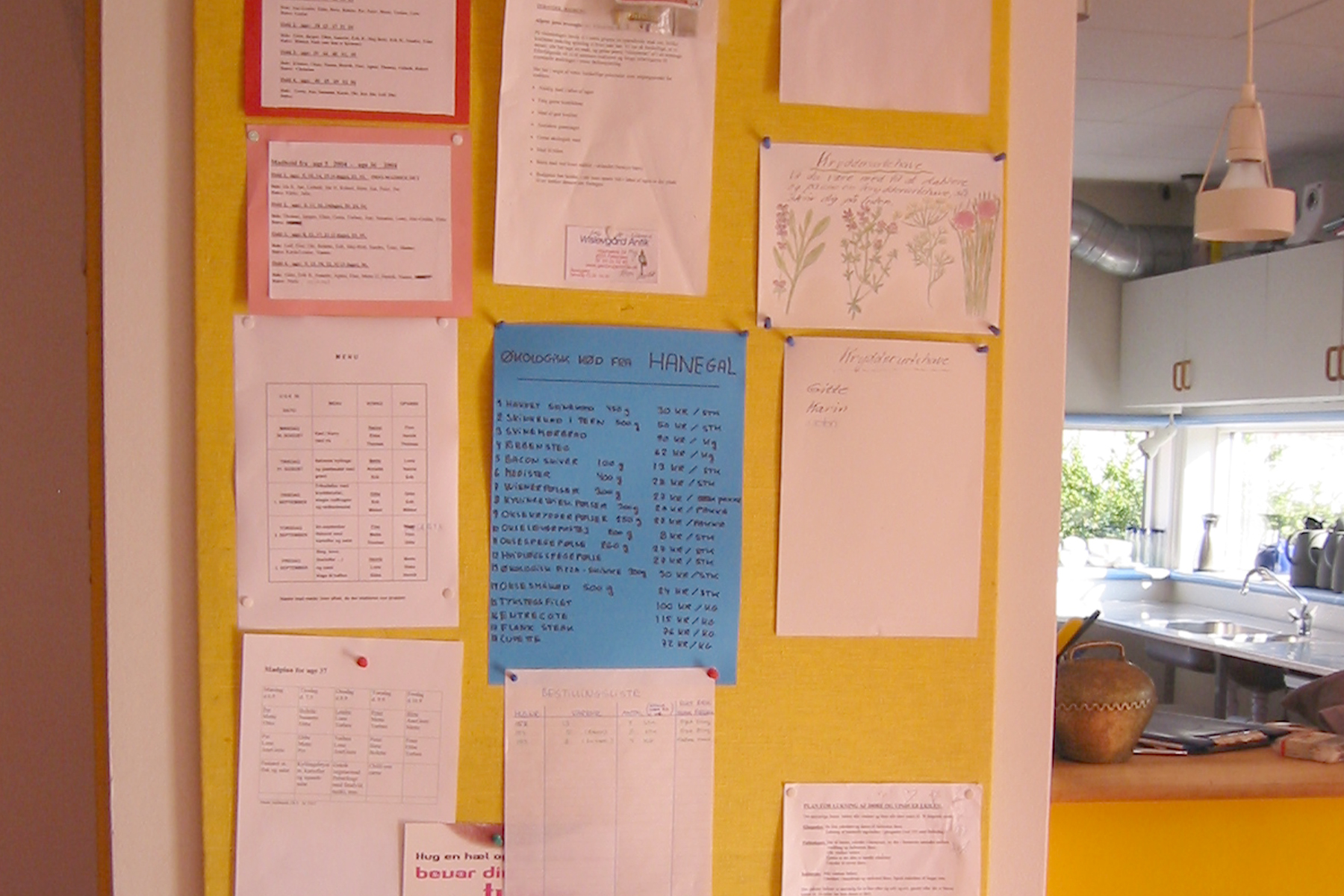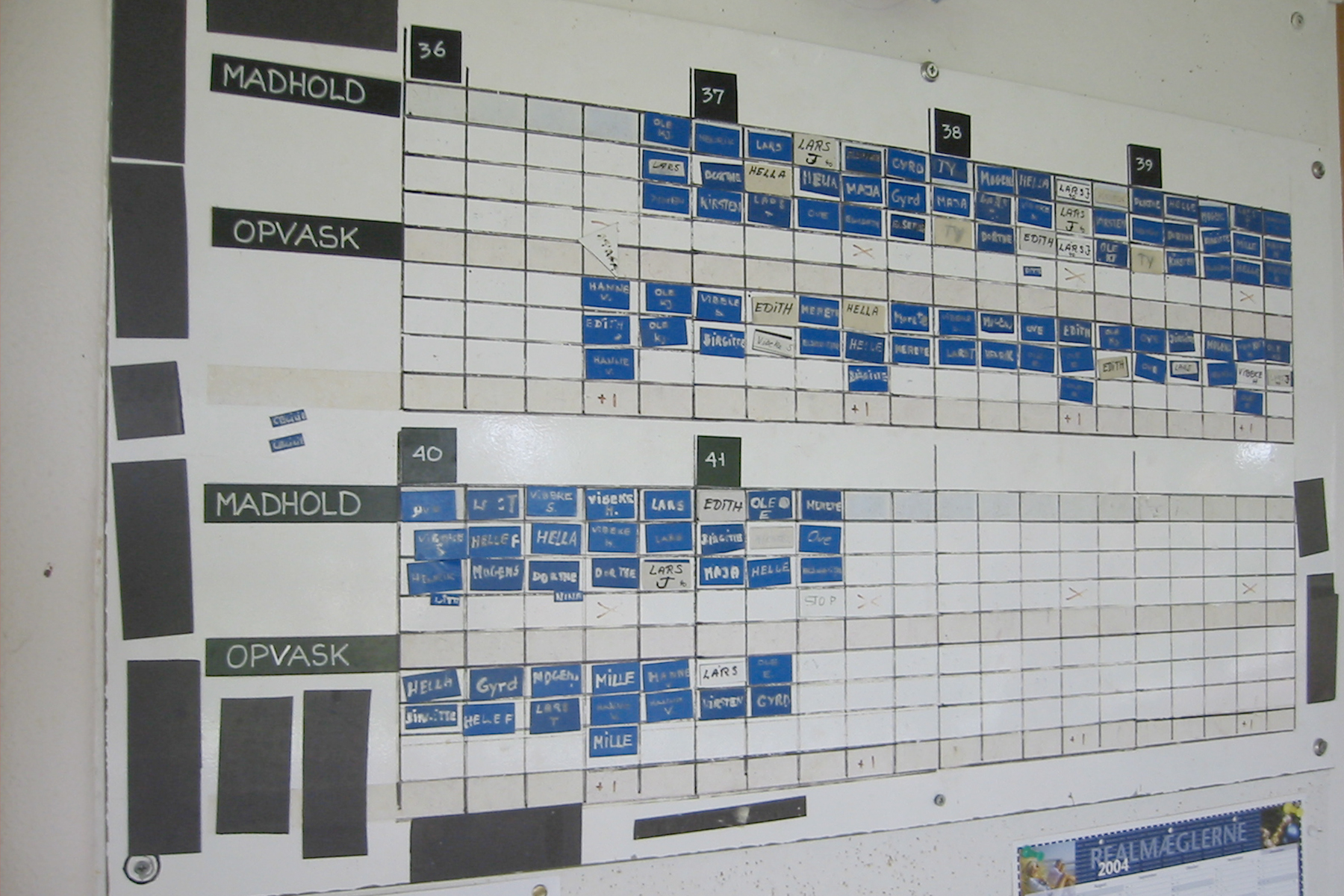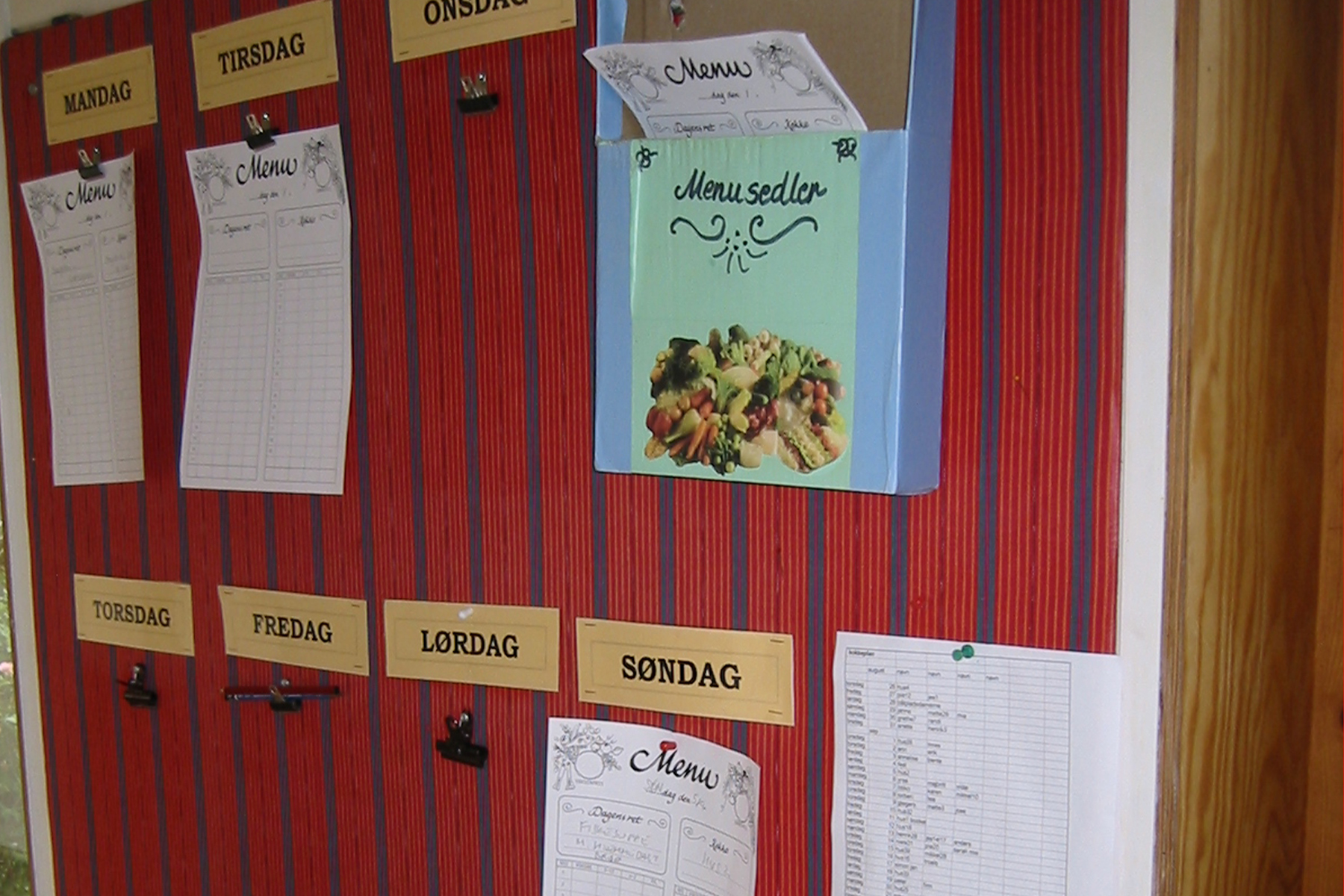An easy way to encourage informal interaction in a cohousing community is to provide a central location for mail delivery and the dissemination of information.
Rather than each resident having a mail box in front of their home, the postal carrier would deliver the mail to the Common House, according to US Postal Service standards. Much like in an apartment building, each resident would have a key to their own mail box. In this way, residents would have a reason to visit the Common House at least once a day. In addition to the mail boxes, there could be a bulletin board for notices, meeting agendas, sign up sheets, and menus; and a shelf to put out leaflets or flyers. This central information hub should be located inside the Common House, but close to the entry.
Ideally, this area would be an alcove off the dining room so that residents in the kitchen preparing a meal could have the opportunity to informally interact with those checking their mail on the way home from work.





Please Note:
This series of blog posts is focused on explaining common design patterns in cohousing. Grace Kim, a founding principal and owner of Schemata Workshop, has identified patterns applicable to cohousing from "Pattern Language" by Christopher Alexander and has added some of her own.
Grace's additional patterns pay particular attention to the Common House because its design requires special consideration. As the living room for the community, the Common House sets the initial impression for visitors about what cohousing is, what your community values might be, or the perceived benefits of living in community. Schemata Workshop has analyzed scores of common houses in Denmark and North America to discern what does and does not work. Following Alexander's concept of Pattern Language, Grace has thoroughly documented the necessary programmatic and design elements for a successful Common House.
To learn more about cohousing at Schemata, visit our cohousing page.

